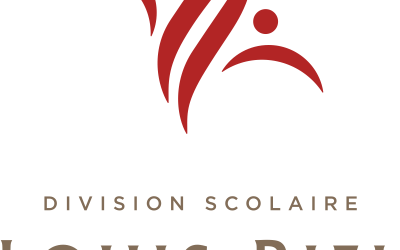
Executive Summary
- The world-wide trend in education is generally moving towards more choices for students and parents. Among countries embracing the trend are New Zealand, Britain, and the United States. Approximately 2700 charter schools have opened in the latter, and research demonstrates that most of them have been very successful.
- Alberta is the only Canadian province that has enacted charter school legislation, with a total of 10 such schools currently in operation.
- Charter schools are public schools, in that they employ certified teachers, teach the provincial curriculum, are open to all students within their mandate, are publicly funded and do not teach any religious faith or doctrine.
- Alberta’s charter schools have had good results. In particular, the Aurora Charter School and Foundations for the Future Charter Academy have high parental satisfaction rates, strong student performance on standardized tests and lengthy waiting lists for entry.
- In British Columbia, a significant movement towards traditional schools is taking place, with eight such schools currently open for students.
- Traditional schools have proven quite successful in B.C., with evidence of strong student performance, high parental satisfaction rates and lengthy waiting lists. In particular, Langley Fundamental has been teaching for more than 25 years and is considered to be a leader.
- Edmonton’s Public School Board has over 30 programs of choice for its 80,000 students and plans to diversify even more in the future. This policy started in the 1970s and, since 30% of elementary students and 52% of secondary students are enrolled in specialized programs, it is clear that there is significant demand for this form of choice.
- Manitoba enacted a Schools of Choice Act in 1997. While this means that students can enroll in any public school of their choice, the policy has had little impact on the programming options available to students. Manitoba school divisions have chosen not to create optional programs, but have stuck with the status quo.
- Since programs of choice are completely dependent on the political whims of individual school boards, simply giving boards the authority to expand programming is not an adequate reform. Charter school legislation is the best means to ensure the extension of school choice to all parents without the political constraints of local school boards.
Read PDF – PolicySeries23SchoolChoice

